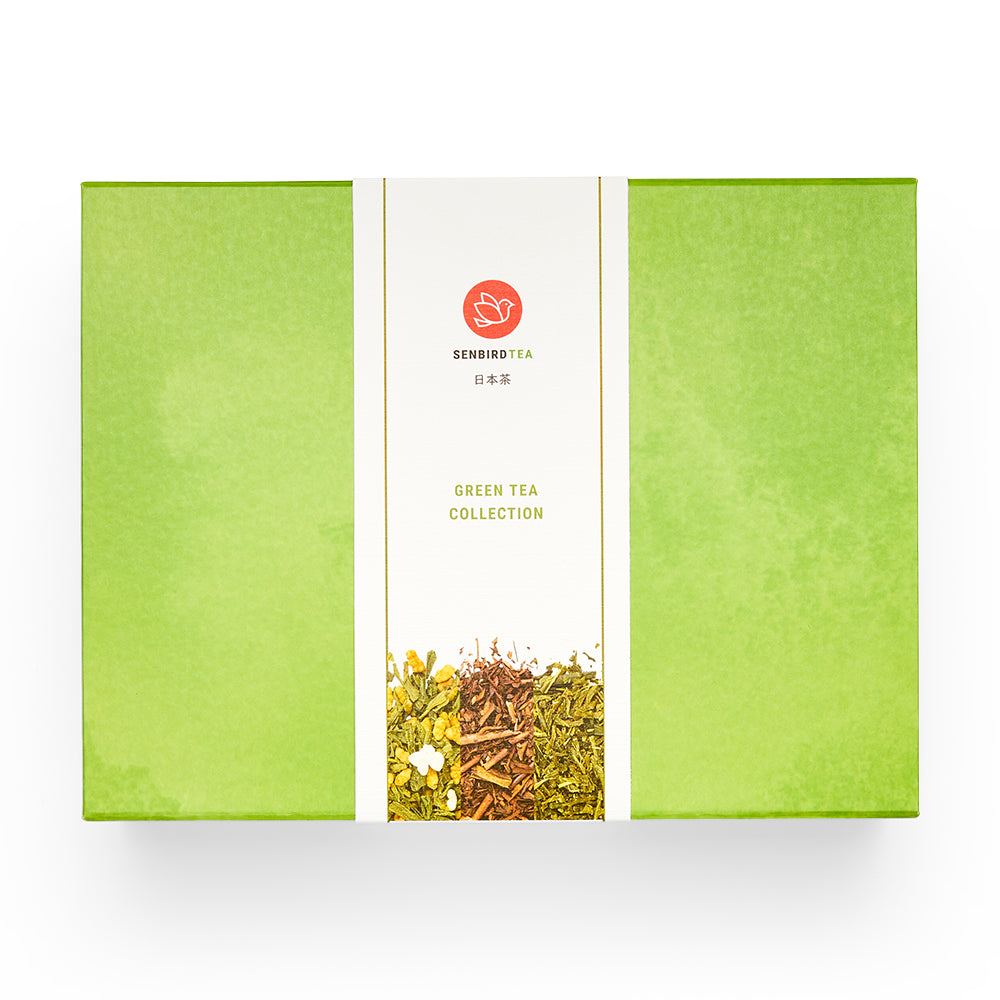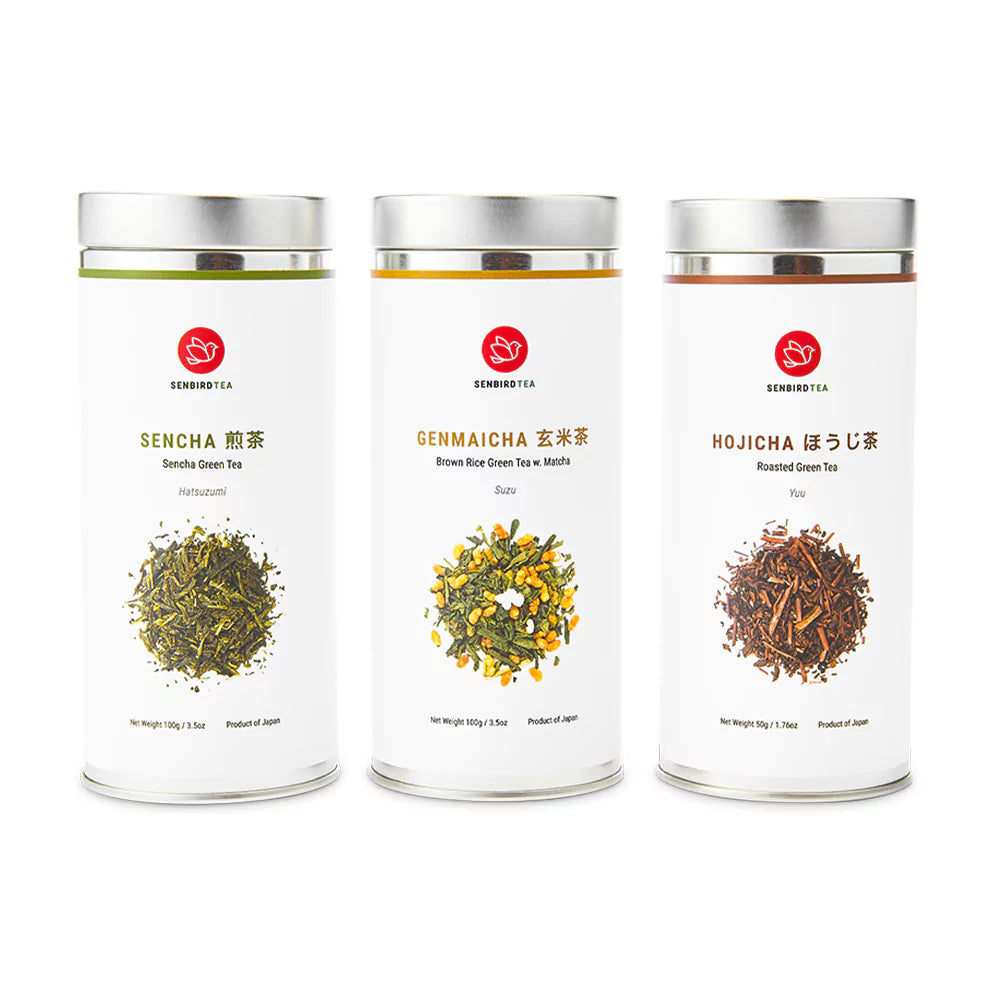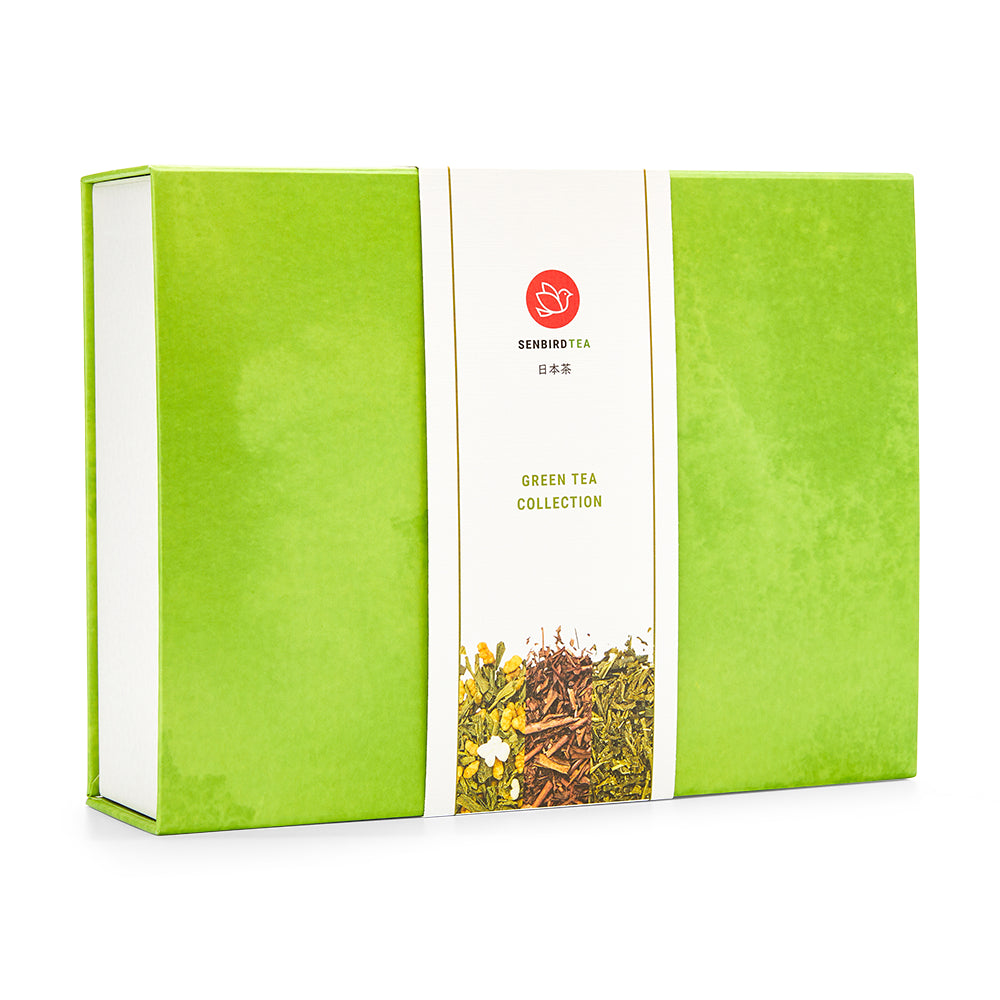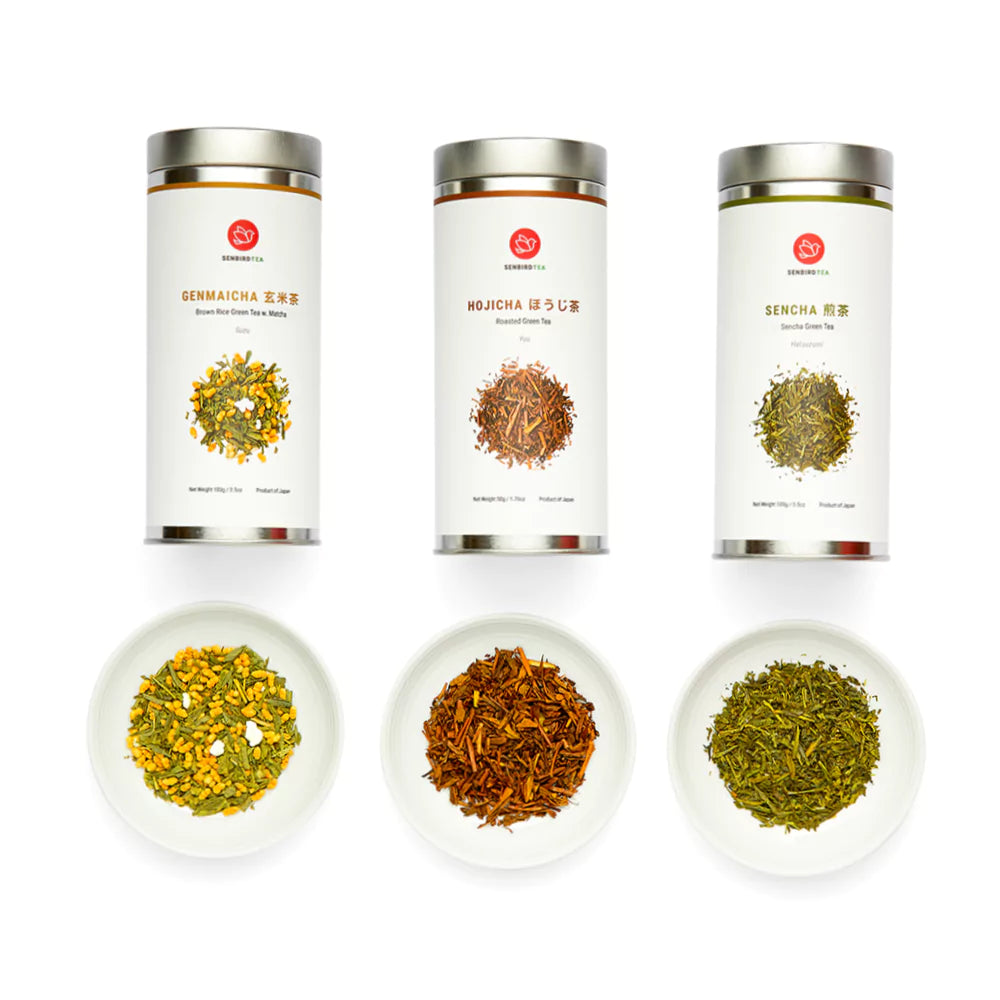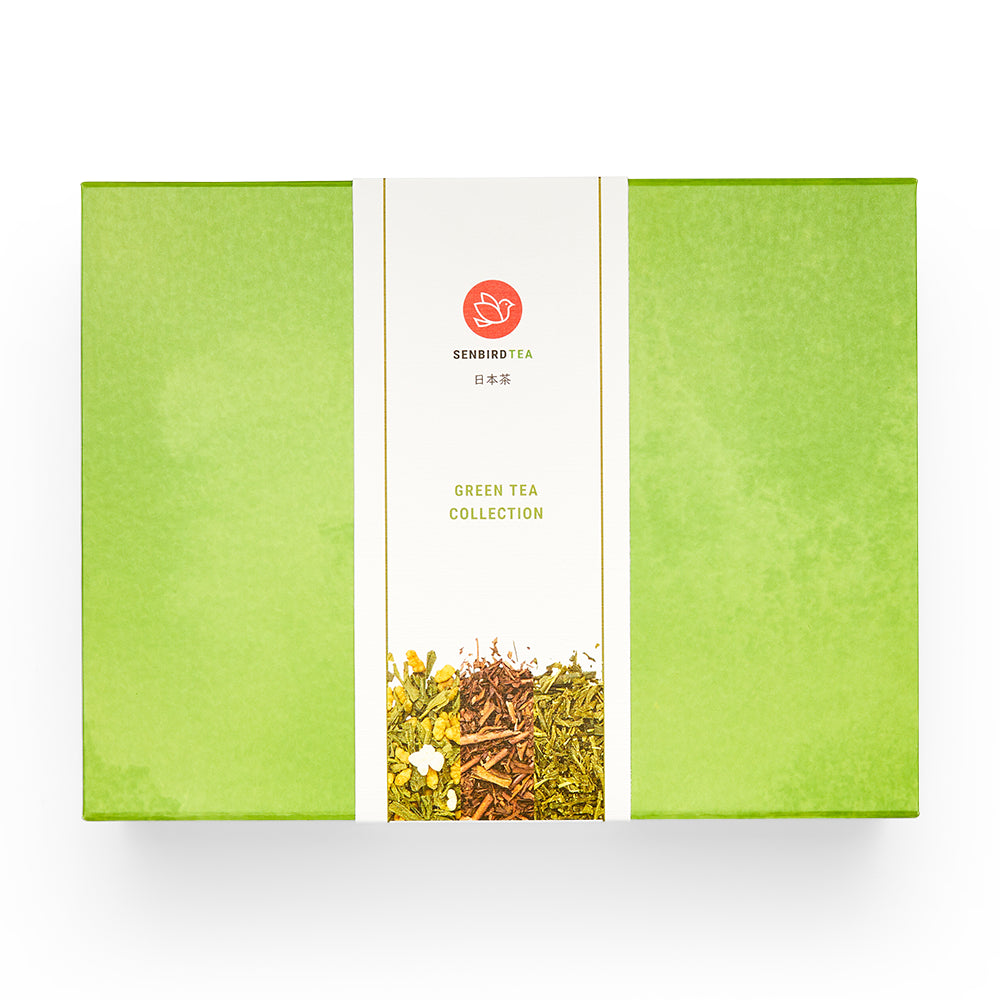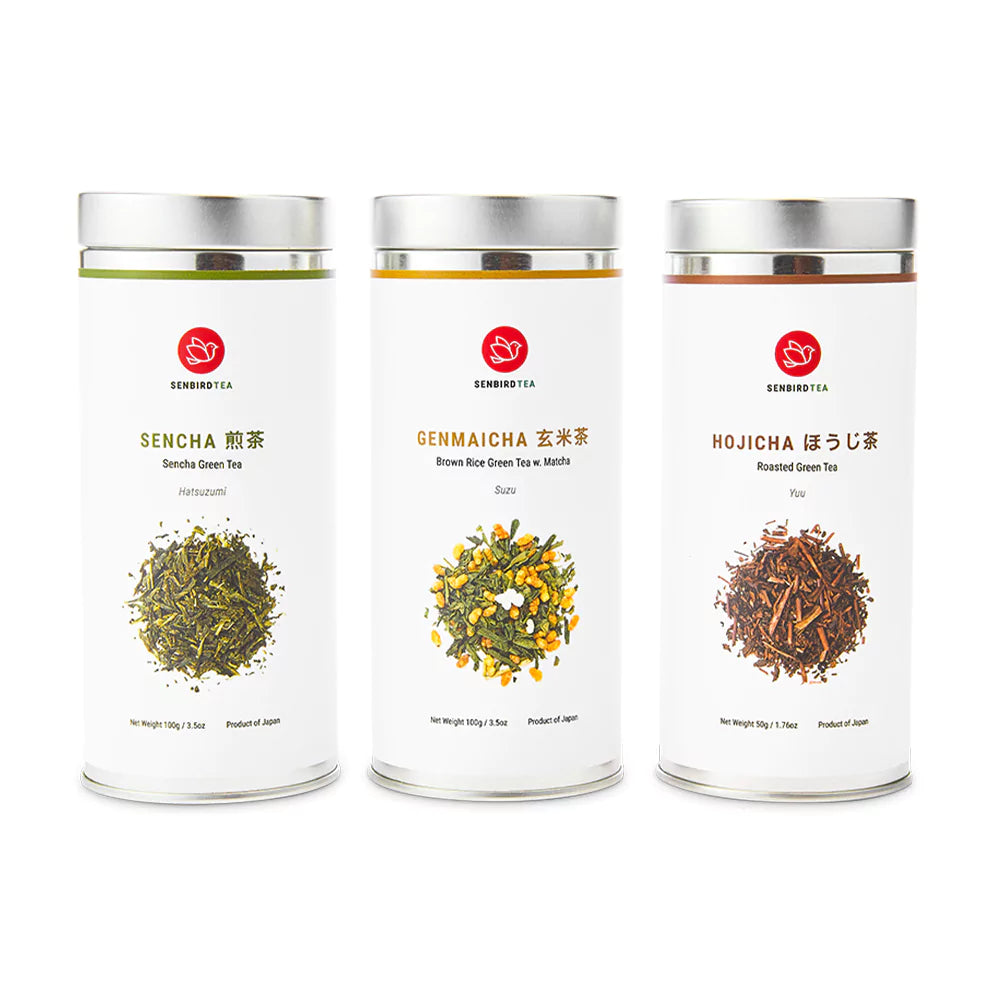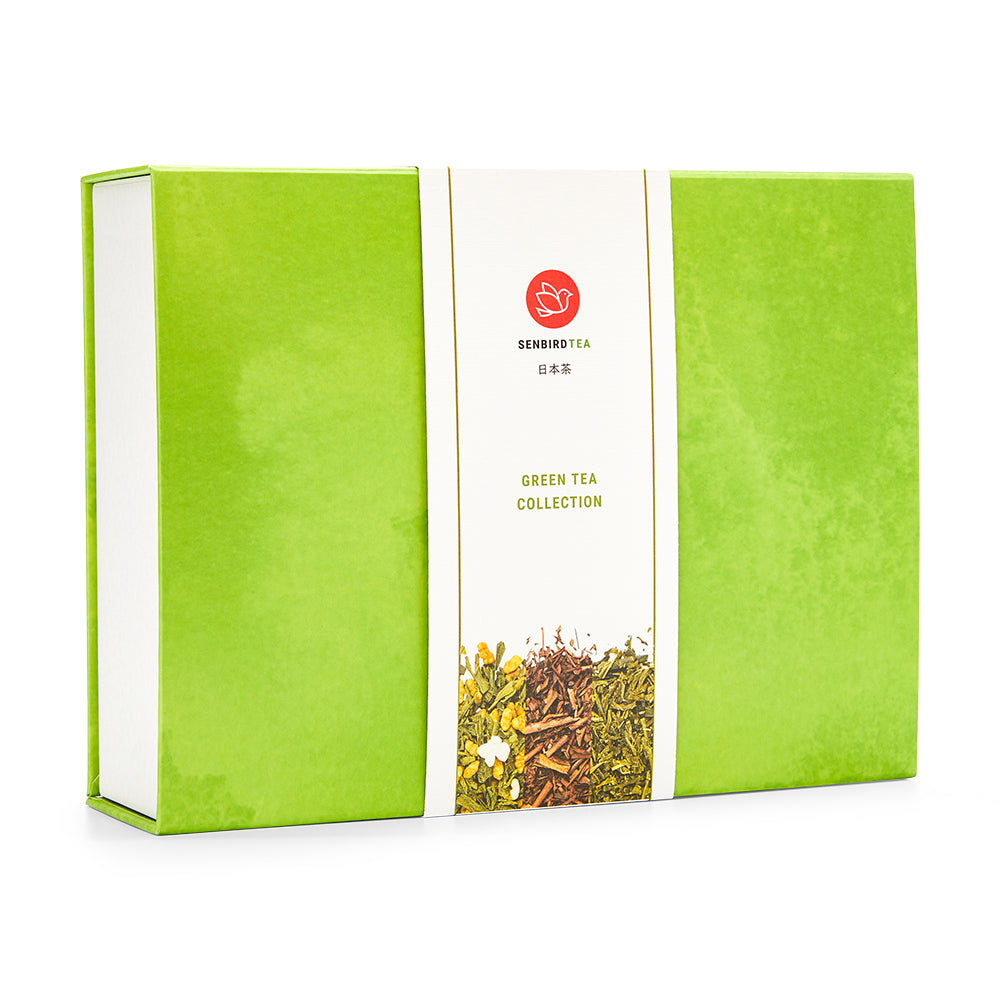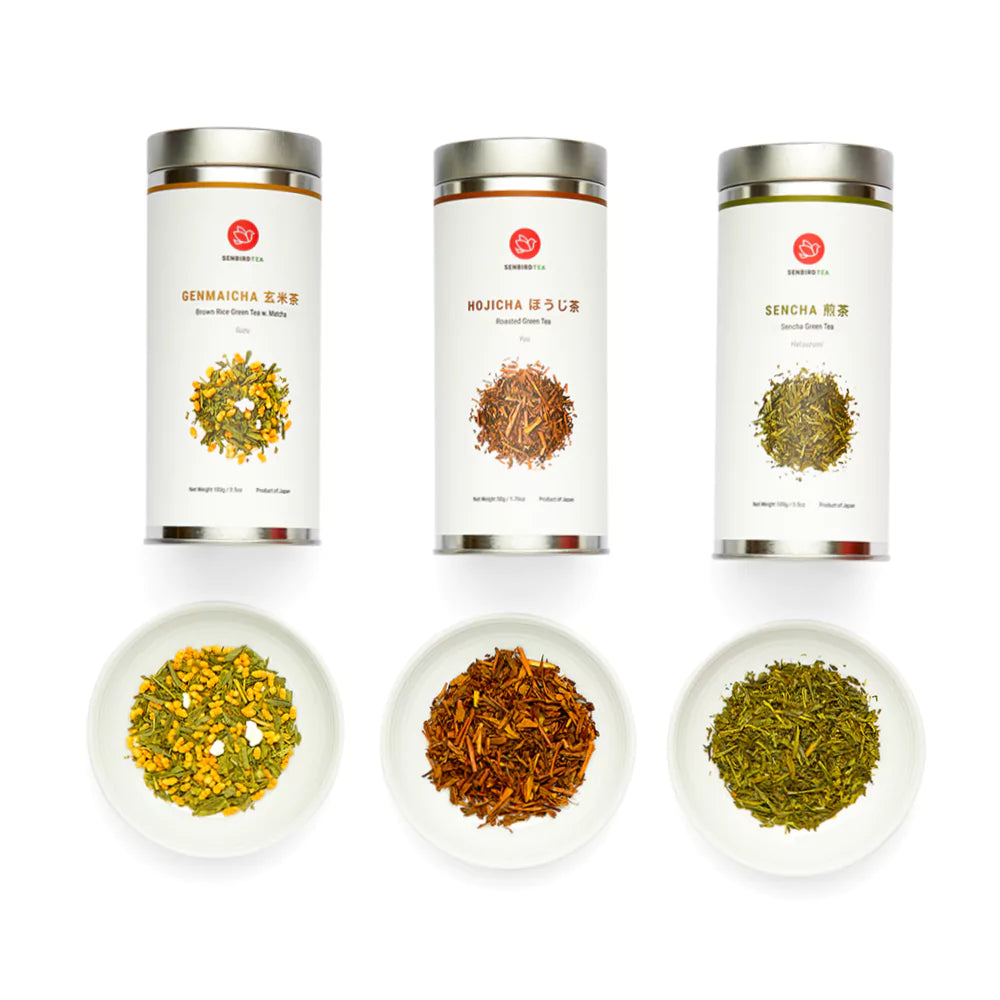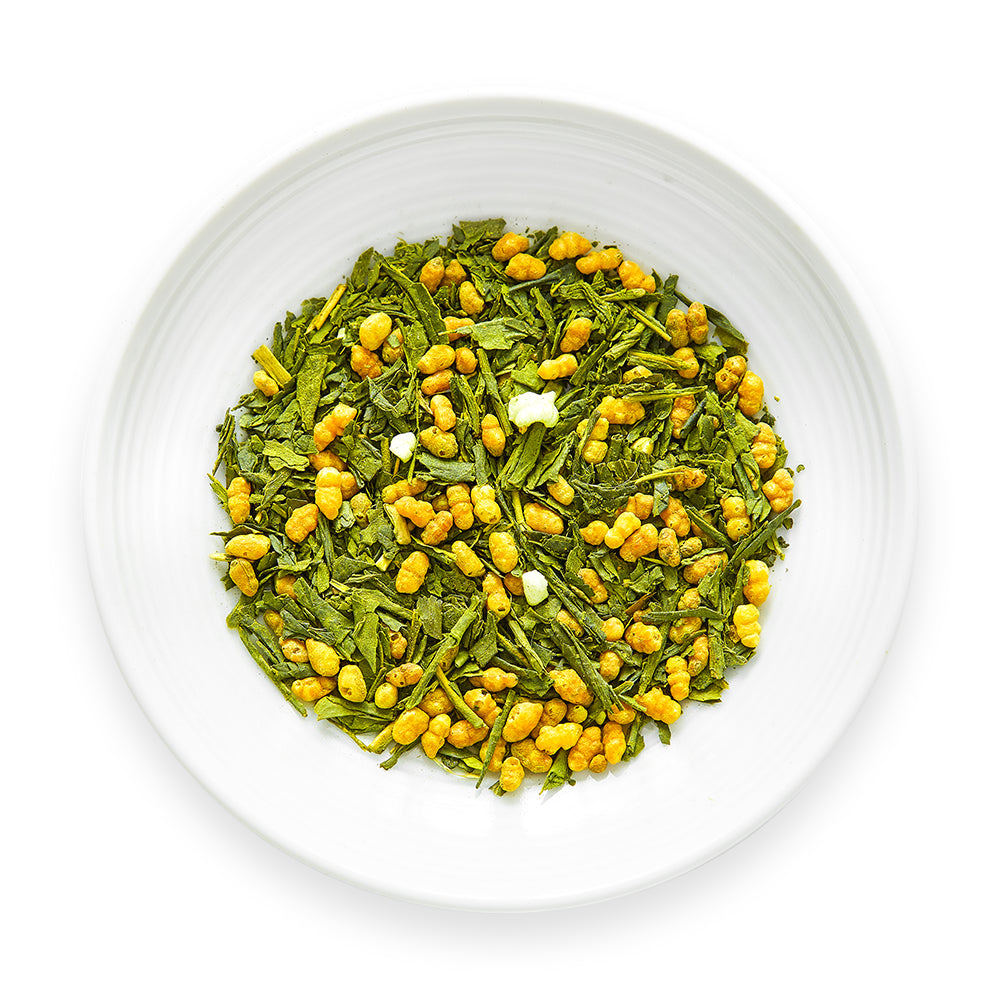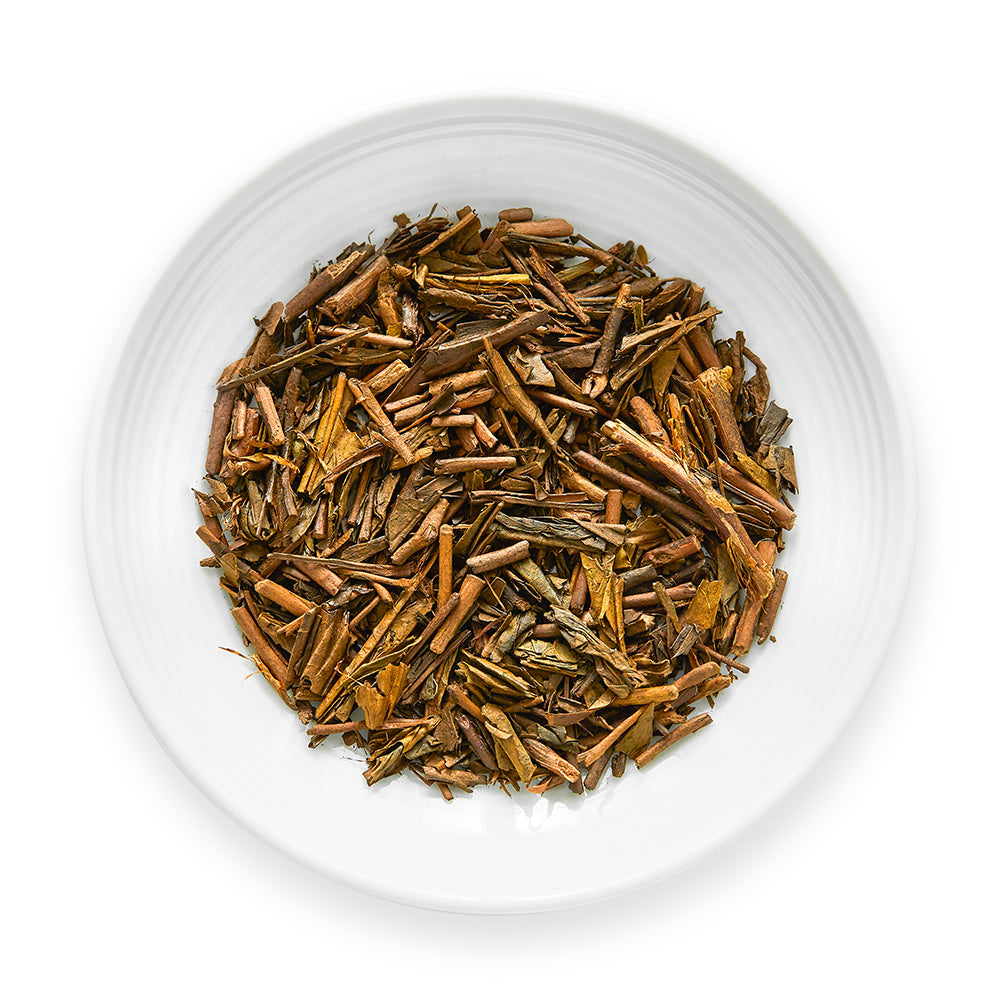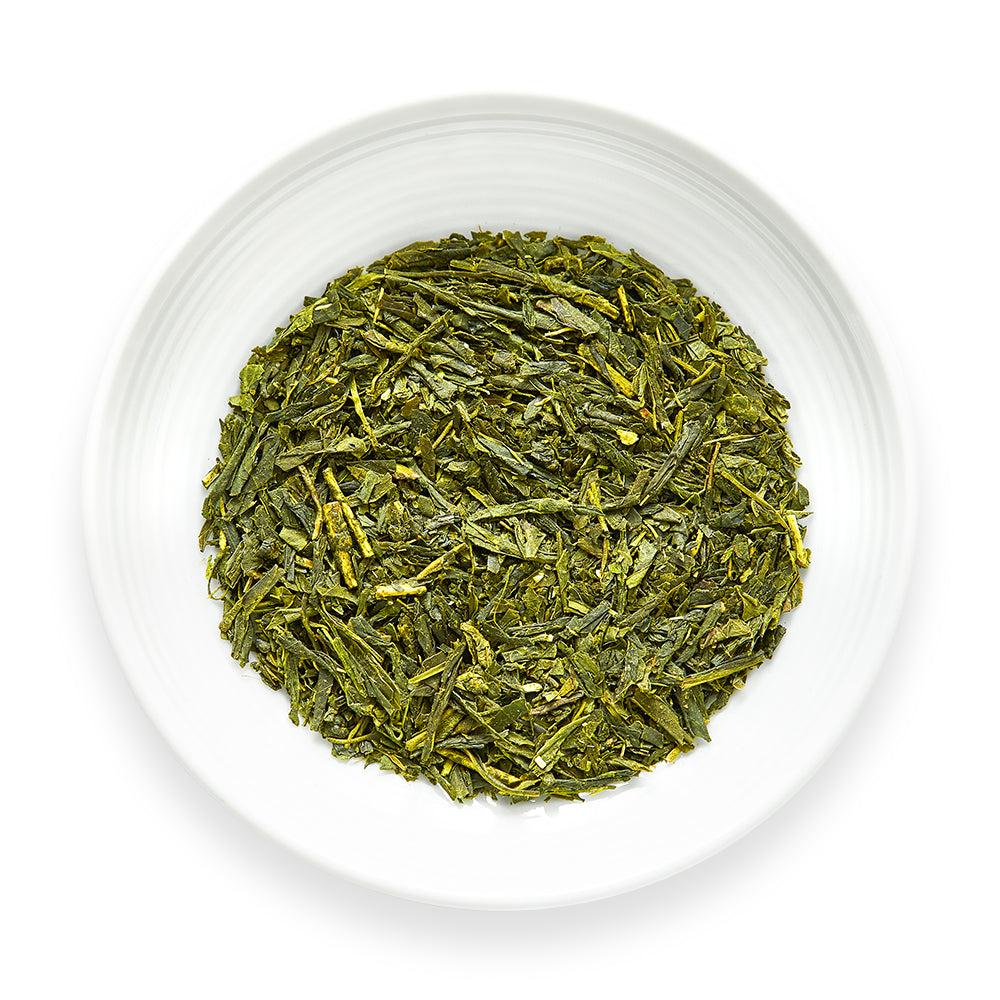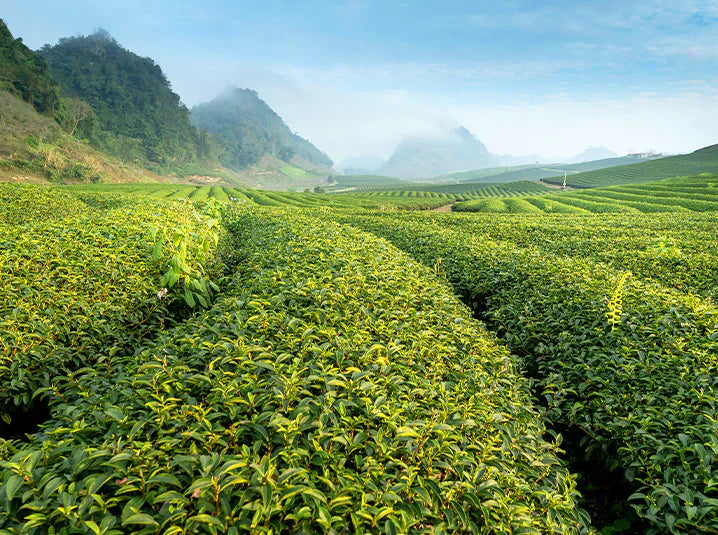
10 Fascinating Facts About Shizuoka, the Heart of Japanese Green Tea
Shizuoka, Japan — a region nestled between Mount Fuji and the Pacific Ocean — is known for its breathtaking landscapes, rich heritage, and most notably, its world-renowned Japanese green tea. Responsible for nearly 40% of Japan’s total tea production, Shizuoka has earned its title as one of “The Three Great Tea Producers of Japan” (alongside Uji, Kyoto and Sayama, Saitama).
Let’s journey through ten fascinating facts about Japanese tea history and why Shizuoka remains a vital part of Japanese tea culture, from its ancient roots to the flavorful teas enjoyed around the world today.

1. Shizuoka Produces Nearly Half of Japan’s Green Tea
Shizuoka accounts for an impressive 40% of all Japanese tea, making it the nation’s largest and most influential tea-growing region. Furthermore, its unique location that rests along the Pacific coast and shadowed by Mount Fuji gives rise to mineral-rich volcanic soil, gentle rainfall, and cool morning mists that blanket its valleys.
This natural harmony creates the ideal environment for cultivating vibrant, umami-rich leaves. Every cup of Shizuoka green tea embodies the region’s balance of craftsmanship and climate.

2. Tea Took Root in Shizuoka Over 700 Years Ago
Tea first arrived in Shizuoka thanks to Buddhist monk Shoichi Kokushi, who brought tea seeds from China during the 14th century and planted them in the fertile soil of the region. This single act transformed Japan’s cultural landscape forever.
Initially, tea was a luxury reserved for monks and nobility, valued for its medicinal and spiritual properties. However, over time, the practice spread to samurai and eventually to the general public, becoming a daily ritual of mindfulness and connection. Shizuoka’s role as the birthplace of Japan’s tea culture remains one of its proudest legacies.

3. Zen Philosophy Shaped the Japanese Tea Ceremony
With the introduction of tea came the rise of the Japanese tea ceremony (chanoyu), deeply influenced by Zen Buddhist ideals. In the 16th century, tea master Sen no Rikyū refined the ceremony into what is now known as the Way of Tea (chado), built upon four guiding principles: harmony, respect, purity, and tranquility.
Early ceremonies were once displays of wealth among aristocrats and monks. But as tea became part of everyday life, the ceremony evolved into a practice of simplicity and reflection — an intimate expression of the Japanese philosophy of mindfulness still cherished today.
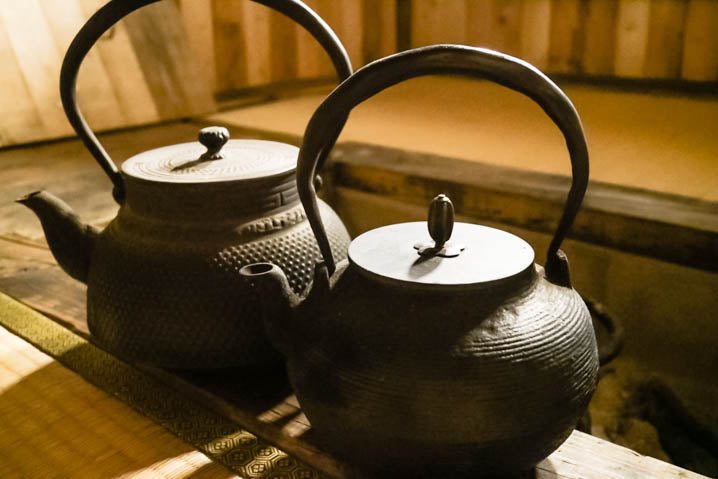
4. The Natural Landscape Creates Exceptional Tea
Shizuoka’s geography is a masterpiece of natural design. Its proximity to Mount Fuji and the Abe and Oi Rivers ensures an abundance of clean water and fertile soil, while ocean breezes from the Kuroshio Current moderate the climate year-round.
These conditions make Shizuoka uniquely suited for tea cultivation. The result is a wide range of Japanese green teas — each distinct in aroma, flavor, and color. Thus, it’s this interplay of land, weather, and human care that gives Shizuoka teas their unmistakable taste and quality.

5. Four Main Regions Define Shizuoka’s Tea Character
Within Shizuoka, four major regions contribute to the diversity of its teas, each shaped by geography and tradition:
-
Makinohara — Japan’s largest tea plain, spanning over 27,000 acres of gently rolling hills. The combination of sunlight, volcanic soil, and rainfall produces sencha with a deep green color, mellow aroma, and smooth, balanced flavor.
-
Hon Yama — Known as the birthplace of Shizuoka tea, Hon Yama lies along the Abe River, where mountain mists enrich the leaves with minerals. Its tea has a light golden hue and delicate sweetness, once favored by shoguns like Tokugawa Ieyasu.
-
Kawane — Located in northern Shizuoka, Kawane’s high elevations and cool climate produce refined sencha with vibrant color and soft umami. It even earned global acclaim at the 1893 Chicago World’s Fair for its exceptional quality.
-
Kakegawa — A modern hub for deep-steamed (fukamushi) sencha, known for its intense green liquor, rich aroma, and gentle sweetness.
Together, these regions showcase the depth and diversity of Shizuoka’s tea terroir — from mountain-grown subtlety to coastal richness.

6. Modern Innovation Elevated Shizuoka Tea to Global Fame
During the Meiji Restoration (1868–1889), Japan reopened to the world, following a period of isolation, ushering in an era of modernization and innovation. Influenced by international ideas and inventions, in Shizuoka, farmers quickly adopted new cultivation tools, steaming techniques, and mechanical harvesters to improve quality and efficiency.
As a result of this modernization, Shizuoka become one of Japan’s earliest exporters of premium green tea, introducing its unique flavor and craftsmanship to international audiences. Today, Shizuoka tea continues to blend traditional methods with modern sustainability — a reflection of Japan’s ability to evolve while honoring its roots.

7. Each Type of Tea Reflects the Spirit of the Land
Shizuoka produces a remarkable variety of teas, each showcasing a different aspect of its environment. From bright and grassy sencha to roasted hojicha, every type tells the story of soil, season, and spirit.
Here are the main types of Japanese tea grown in Shizuoka:
-
Sencha – One of the most popular teas in Japan, it is sun-grown and steamed soon after harvest. As a result, Shizuoka Sencha offers a golden-green liquor with balanced sweetness and umami, supporting clarity, focus, and vitality.
-
Matcha – Made from shade-grown leaves finely ground into powder, rich in L-theanine and antioxidants. Shizuoka Matcha has a smooth texture and creamy umami flavor, embodying calm energy and mindfulness.
-
Gyokuro – A luxurious shaded tea with a deep green color and mellow, savory sweetness. The Okabe region in Shizuoka is famous for Gyokuro Okabe, known for its delicate aroma and refined taste.
-
Hojicha – Roasted green tea with a warm, toasty aroma and naturally low caffeine. Shizuoka’s hojicha is soothing and earthy, making it perfect for slow evenings or quiet reflection.
-
Genmaicha – A comforting blend of green tea and roasted brown rice, offering nutty sweetness and gentle warmth. Loved for its digestive benefits and low caffeine, it’s a staple in Japanese households.

8. Shizuoka Teas Nurture Mind, Body, and Spirit
For centuries, Japanese green tea has been treasured not only for its taste but also for its wellness benefits. Shizuoka’s teas are naturally rich in antioxidants, catechins, and vitamins, supporting digestion, mental clarity, and calm alertness.
Monks historically drank tea to stay awake during meditation, a ritual still echoed today in moments of peaceful tea drinking. In Shizuoka, each cup represents balance between energy and stillness, focus and relaxation, body and soul.

9. Tea Culture in Shizuoka Is Alive and Thriving Today
Modern Shizuoka remains a popular destination for those wanting to enjoy and learn about Japanese tea culture, attracting visitors from across Japan and around the world. The region hosts the World O-CHA Festival, dedicated to global tea appreciation, and the Tea Museum, Shizuoka, which showcases tea history, science, and art.
Visitors can join guided tours through tea fields, watch tea-picking demonstrations, and experience tastings that celebrate Shizuoka’s connection between nature, community, and craftsmanship.
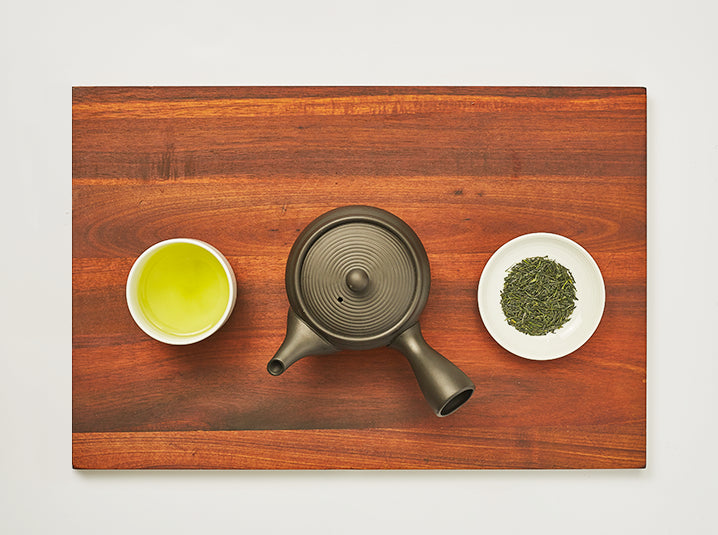
10. Shizuoka’s Legacy Lives On in Every Cup
From centuries of cultivation to global recognition, Shizuoka’s story continues through each sip of tea shared today. The region’s teas — from Sencha Hatsuzumi to Hojicha Yuu and Wakoucha Honoka — reflect generations of skill, devotion, and harmony with the land.
At Senbird, we are proud to partner with family-owned farms in Shizuoka, sharing their legacy through authentic, high-quality Japanese teas. Every cup offers a moment to pause, breathe, and reconnect. It is a reminder that the heart of tea lies in the balance between nature and stillness.
Browse our full Japanese tea collection →
🍵 Drinking our tea? Snap a pic and tag us on Instagram at @senbirdtea or #senbirdtea. We’d love to see your moment with tea!
If you want more about Japanese tea and culture, discover more here:
- A Green Tea Lover's Paradise: Shizuoka, Japan
- Shizuoka Green Tea: The Best Green Tea in Japan
- Japanese Tea vs. Chinese Tea: A Guide to the Key Differences
- Japanese Green Tea Cultivars and Characteristics: Everything You Need to Know
- Tetsubin Teapot: A History of the Japanese Iron Kettle
Share your moment with us and stay connected on:
